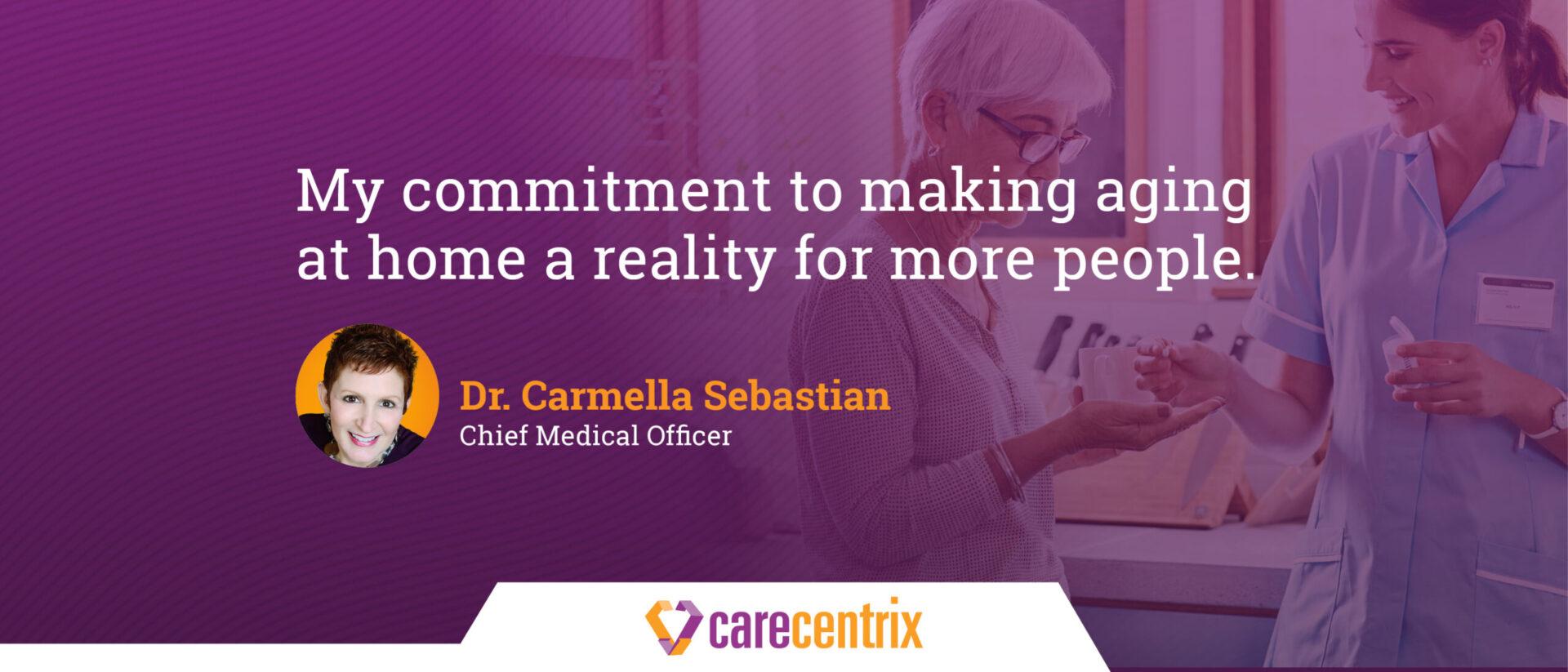
Because of the COVID-19 pandemic, by mid-March 2020, most hospitals in the US were restricting entry and allowing access only through an extra layer of triage at their emergency rooms. Many institutions sternly warned people to stay away unless there was a true emergency. Hospitals, doctor’s offices, and civic organizations asked individuals to check on the well-being of chronically ill and elderly family and neighbors. In February 2020, the CDC issued recommendations for home care professionals regarding how to evaluate patients at risk for COVID-19.
Florida Steps Up
On March 17, Florida became the first state to obtain an emergency waiver from the Centers for Medicare and Medicaid (CMS) to make it easier for home care providers to serve patients affected by the virus as well as others. The Florida Section 1135 waivers permit providers serving Medicaid patients to skip some time-consuming prior approval measures, and speed up the provider enrollment process.
Florida’s Section 1135 waiver was designed to increase the provision of health services to the state’s large elderly population, many of whom have become totally isolated from their communities and families during the crisis. Such a move may increase the risk for fraud, waste and abuse because standard prior approval measures are waived. For Florida, this was a risk clearly worth taking.
Creativity in Crisis
Both physicians and homecare providers have the option to provide virtual care services however, by mid-March it remained unclear as to whether they would receive reimbursement for substituting electronic encounters for in-person visits. Some direct care medical practices, such as that of Dr. Rob Lamberts in Augusta, GA, began providing alternative services in March.
“We started providing phone, video, and some in-person visits when appropriate,” Dr. Lamberts said. “We have a tent out back to keep things as clean as possible. Nurses are going out to cars to swab throats, give immunizations, or deliver medications.”
Emergency Departments are Dangerous Places
Hospitals have always been dangerous places with respect to infectious diseases. The numbers of patient deaths yearly from hospital-acquired infections is staggering: in 2015 (the most recent year for which data are available), the Centers for Disease Control and Prevention (CDC) reported that 1 in 31 patients contracted an infection while being treated in a medical facility, and 72,000 died of those infections.
For diseases that are transmitted by respiratory droplets, including COVID-19, hospital emergency departments (EDs) are like Petri dishes. Nevertheless, during the H1N1 influenza outbreak in 2009, EDs did not ask patients to stay away. Part of the reason for this was the availability at the time of widespread testing capability as well as availability of an antiviral medication (albeit one with limited efficacy). During yearly outbreaks of respiratory syncytial virus, which causes a severe lung disease in infants, pediatric emergency waiting rooms remain full.
The End of an Era?
The COVID-19 outbreak forced hospitals to revert to their old business model of caring for patients who require care that only a hospital can provide, including mechanical ventilation. Services such as hemodialysis, physical therapy, and intravenous medication treatments are moving out of hospitals and into clinic settings, and increasingly into patients’ homes.
We have been told for some time now that “patient-centered care” is the care delivery model of the 21st century, while the actual delivery of that care has been hospital-centered. Restricted hospital access during the COVID-19 crisis may come to symbolize the end of the era of hospital-based health care, and the coming of age of home-based medical care.





